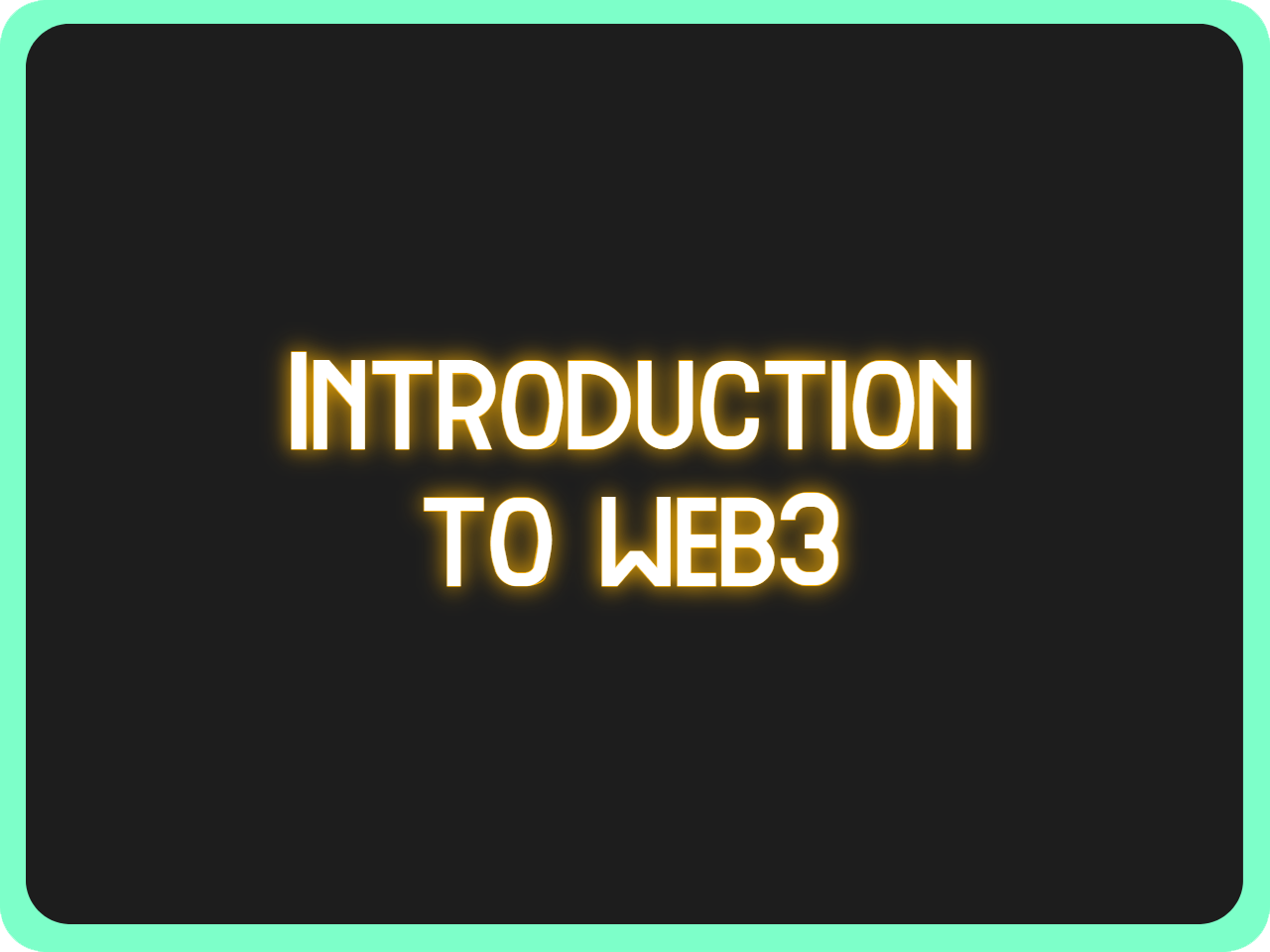Web3 represents the third era of the internet; a new paradigm that gives users control over their own data, identity, and transactions. But what exactly is Web3, and how does it differ from what we’ve seen before? This article aims to provide a comprehensive understanding of this exciting movement.
Table of Contents
Toggle
Table of Contents
ToggleWhat is Web3?
Web3, short for “Web 3.0,” is often referred to as the decentralized web. It aims to provide a user-centric internet where users control their own data, interactions, and transactions. Unlike the current web (Web2), where platforms and services have centralized control, Web3 is built on decentralized technologies like blockchain.
Components of Web3
Blockchain: A decentralized digital ledger that stores information across multiple systems. It’s immutable, transparent, and functions without a central authority.
Smart Contracts: These are self-executing contracts with the terms directly written into code. They enable trustless transactions without the need for intermediaries.
Decentralized Applications (DApps): These are applications that run on a decentralized network rather than a central server. They offer a way to interact directly with smart contracts.
Cryptocurrencies: These digital assets act as a medium of exchange, controlled and secured by cryptographic techniques.
Tokens: They represent a unit of value issued by a project. Tokens can represent anything from a stake in a project to access to a specific service.
Decentralized Storage: Unlike traditional cloud storage, decentralized storage ensures data isn’t stored in a central location, providing better privacy and control.
How Web3 Differs from Web2
Ownership & Control: In Web2, big corporations own your data. In Web3, you have full ownership and control over your data and privacy.
Interoperability: Web3 promotes seamless interaction between different services and applications. It ensures that you can move your information and assets freely.
Trust & Transparency: Blockchain’s immutable nature ensures that all transactions are transparent, creating a trustless environment.
Censorship Resistance: With no central authority, it’s almost impossible to censor or alter the information.
Challenges & Risks of Web3
Scalability: As the number of users grows, maintaining speed and efficiency is a challenge.
Usability: Currently, navigating the decentralized web can be complex and intimidating for the average user.
Regulatory Concerns: Governments and regulators are still figuring out how to approach this new technology.
The Future of Web3
Web3 is still in its infancy but has shown significant potential to revolutionize the way we interact online. It promises a more open, resilient, and user-centric web, where the value generated by a network is returned to its users.
The road to a fully decentralized web will be fraught with challenges and uncertainties, but the potential rewards for privacy, control, and innovation are immense.
Conclusion
Web3 represents a fundamental shift in the way we think about the internet. With its decentralized nature, it empowers users, enhances security, and fosters innovation.
The move to Web3 won’t happen overnight. It requires changes in technology, regulation, and, most crucially, a shift in mindset from a web that serves corporations to one that empowers users. However, the shift is already underway, and it represents a thrilling new chapter in the history of the internet.
Whether you’re a developer, entrepreneur, or just an internet user interested in more control and privacy, Web3 offers a new way to think about online interaction. Its principles and technologies are defining a future where the web is more transparent, resilient, and most importantly, centered around the user.

